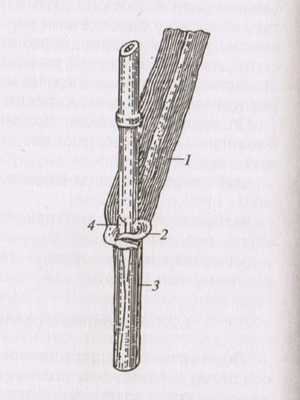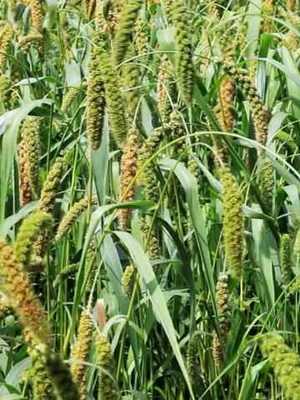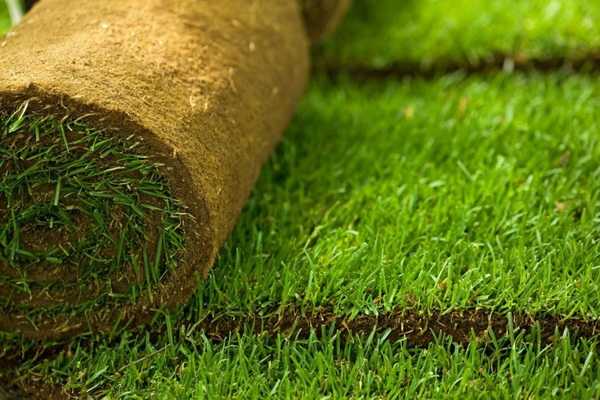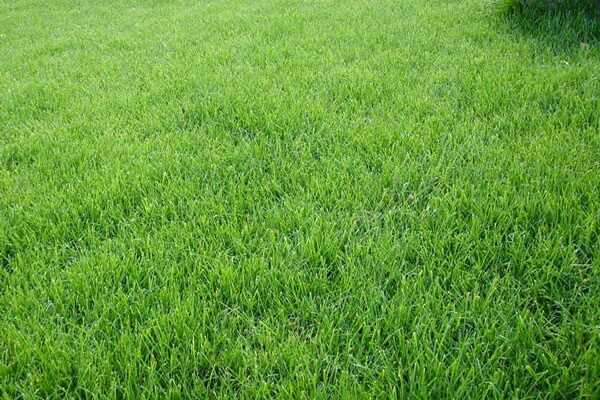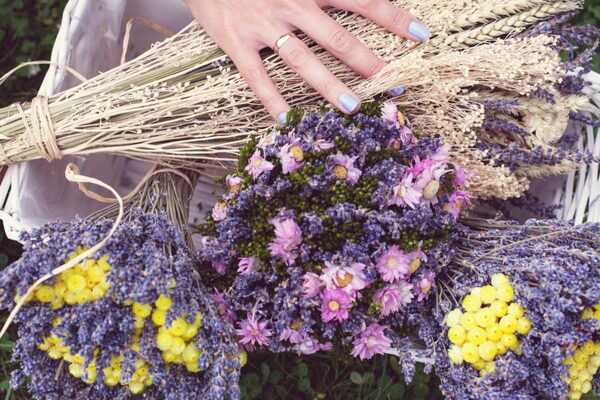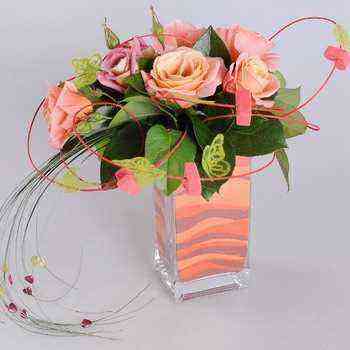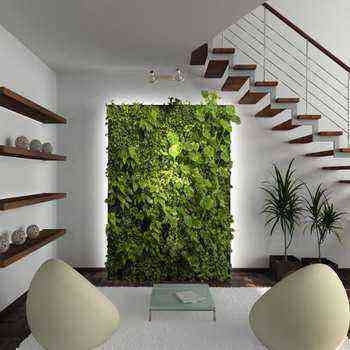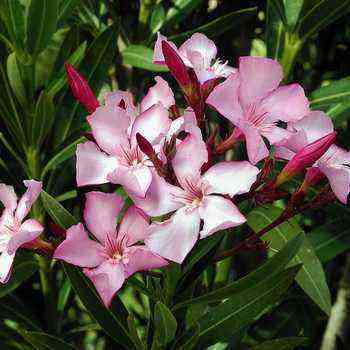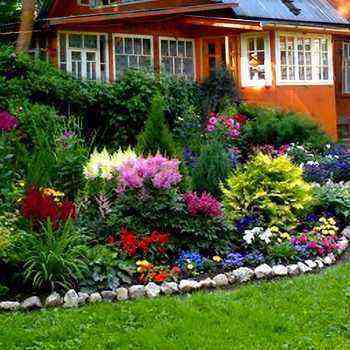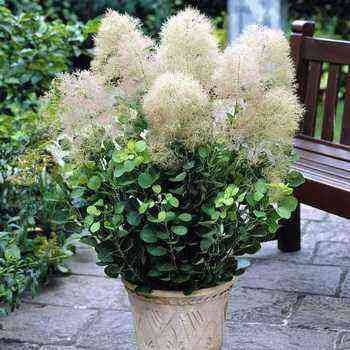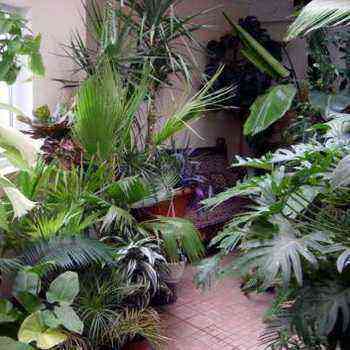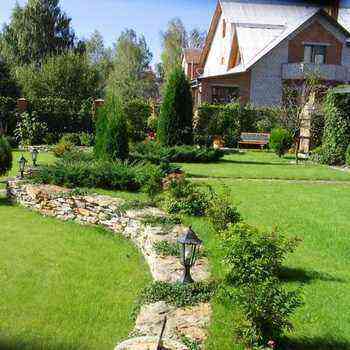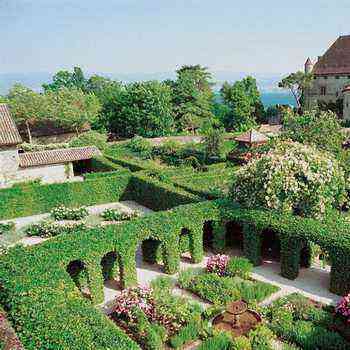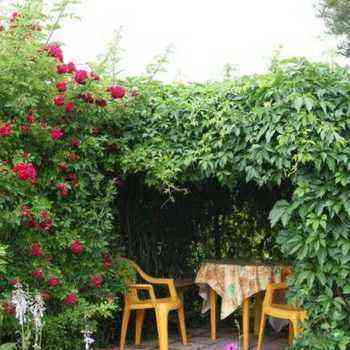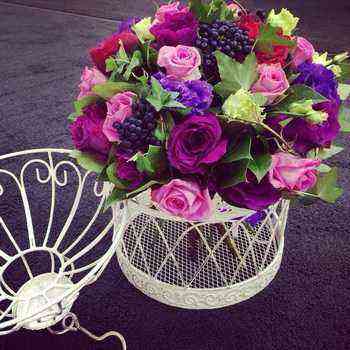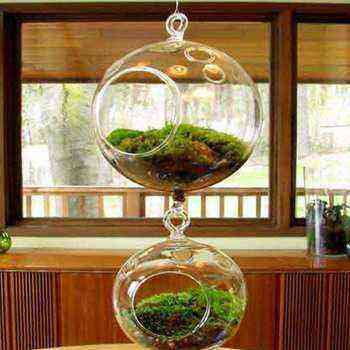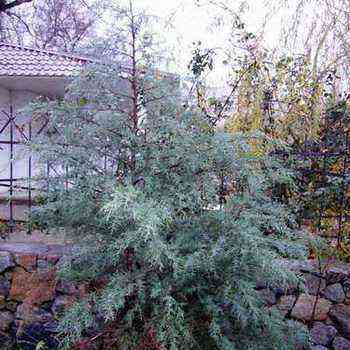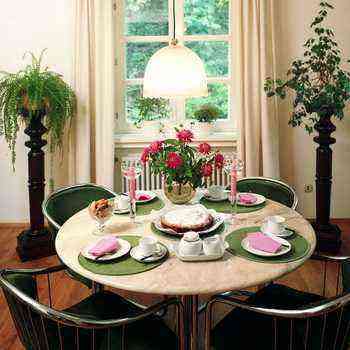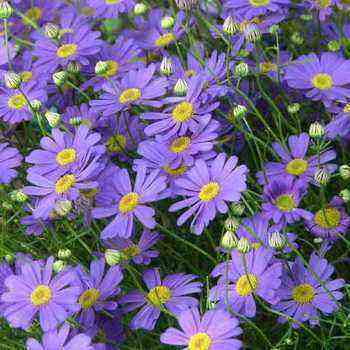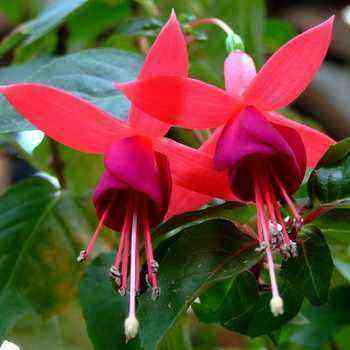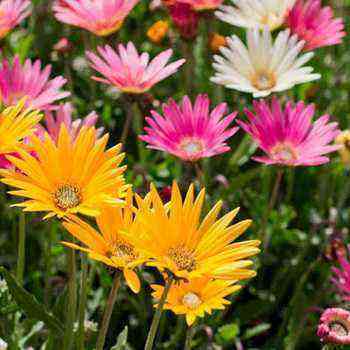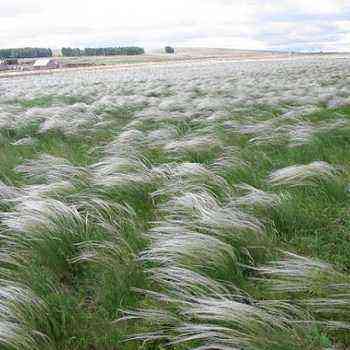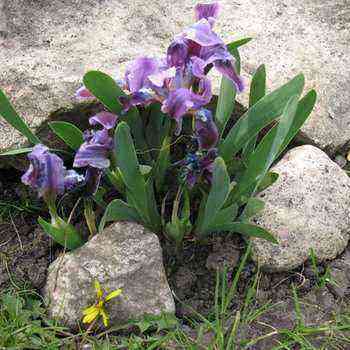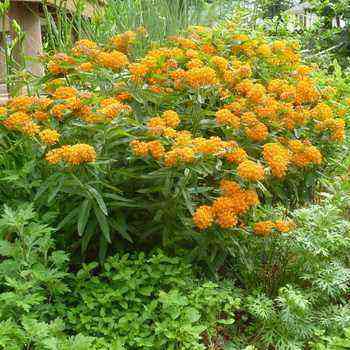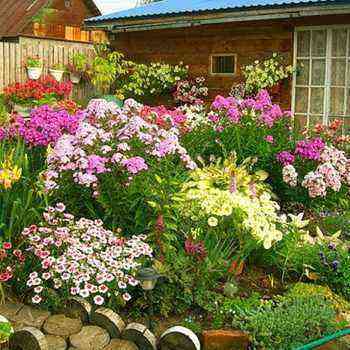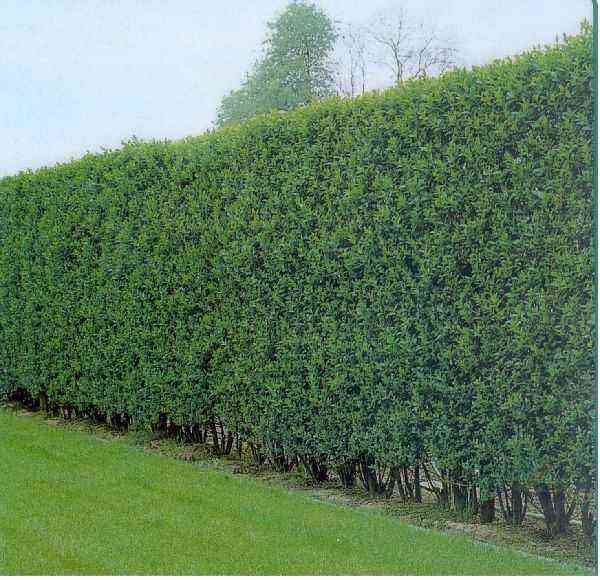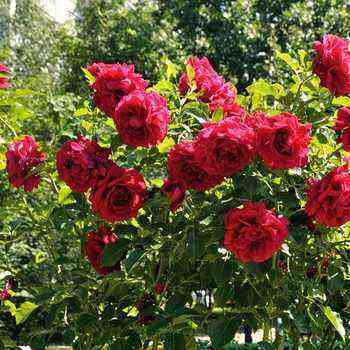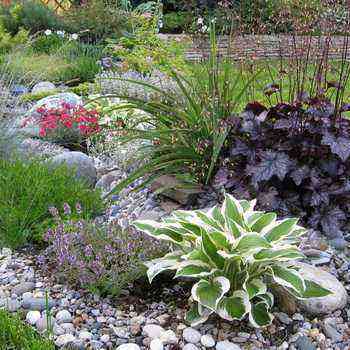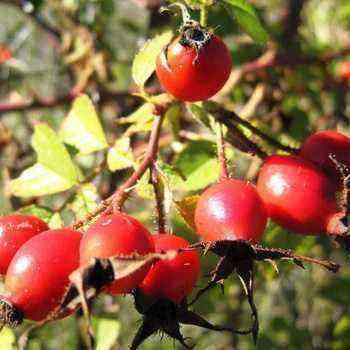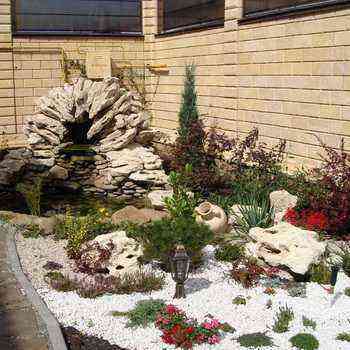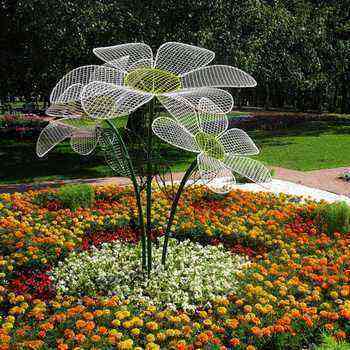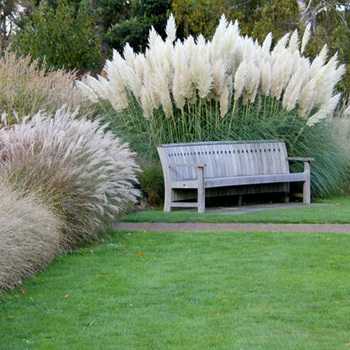
The structure of cereals
The stalk of a cereal is called a straw. It is more or less cylindrical, with clearly visible thickened nodes (the place of attachment of the leaf) and internodes, usually hollow.
Leaves of cereals (Poaceae, Gramineae) are alternate, form two rows on the stem, and often they are also crowded at the base of the stem. The leaf consists of a spaced leaf blade and a sheath that wraps around the internode. On the border of the vagina and the plate there is a tongue in the form of a film, a row of hairs, etc., there may be lateral outgrowths – ears. The leaf blade is flat or coiled with a distinct midrib and more or less noticeable ribs on top.
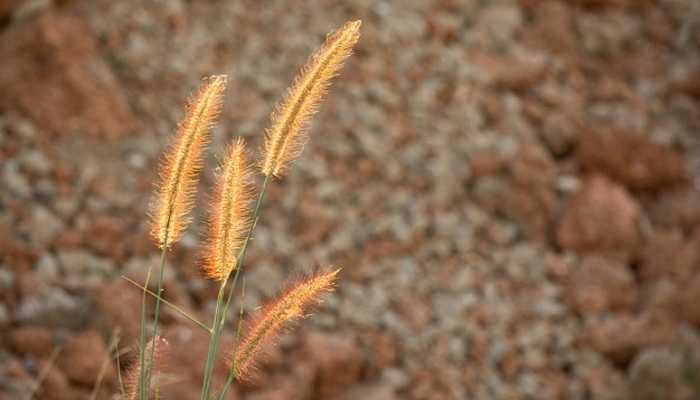
The flower of the cereal is formed by two scales, which hide a pistil with 2 stigmas and 3 stamens (rarely 2, and in bamboos there are as many as 6).
Flowers from 1 to 30 are collected in spikelets, at the base of which there are 2 spikelet scales. Spikelets are collected in more complex inflorescences: ears or panicles. Many cereals have thin outgrowths – awns on flowering or spikelet scales. Flowers are usually bisexual, less often unisexual, that is, there are differences between male and female. They can be on the same plant (corn, tsitsania), and then the species is called monoecious, or on different (cortaderia, or pampas grass) – these are dioecious species. The fruit is called a caryopsis.
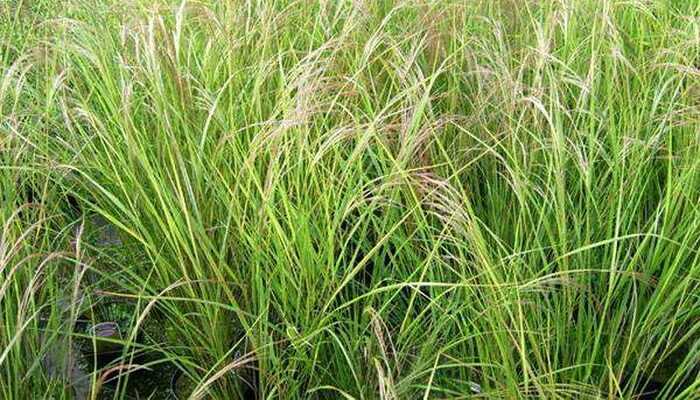
The stalk of cereals, as a rule, branches only at the base.
Lateral shoots appear at the base of the main one, approximately at the level of the soil, in the so-called “tillering zone”. Depending on the length of the horizontal part of the shoots, cereals are dense sod, loose sod and rhizome. Dense sod species, growing upward, form hummocks from soil and organic residues with age.
The structure of decorative grasses used in landscape design is shown in these photos:
Peculiarities of growing
In most cases, flower growers are more satisfied with dense bunch cereals, as they are more convenient to use. Long-rooted plants in plantings have to be limited with special plastic tapes or similar materials at hand. At the same time, these types are very useful for fixing sands, sliding slopes. Spreading species are good for lawns where tussock plants are undesirable.
Dense shrubs are easier to propagate by seed. It is better to divide and replant them in early spring and at a young age. Rhizome plants easily reproduce vegetatively throughout the season.
From foreign literature the terms “cool season grasses” and “warm season grasses” have come to us, which well reflect the peculiarities of cultivation and seasonal growth associated with the origin of plants.
The cereals characteristic of the middle lane and areas with a similar climate are cold-growing. They begin to actively vegetate in early spring, in the hot summer time they are in a state of relative dormancy, and with a cold snap they resume the growth of stems and roots. Cutting low after flowering (late June to early July) usually improves the appearance of these plants as they grow back and may even bloom again.
But there are species (usually they come from warm regions) that grow late in the spring and bloom in late summer – autumn (Miscanthus, millet, Spartina). These are warm-growing cereals. They are not recommended to be divided in late autumn, and dried stems are cut before winter or spring.
Use in Design
Lawns have different purposes, on which their species composition depends. Since lawns are an independent and extensive topic worthy of a separate book, let’s talk about them only in general terms.
Grains predominate in the composition of lawn mixtures offered for uncomplicated universal lawns. Usually these are red and meadow fescues, meadow and common bluegrass, perennial chaff, sprouts, dog and slender bent grass. Each of these cereals has its own characteristics, and the seed mixture is compiled depending on the purpose of the lawn and the conditions of the area where it is recommended to sow. The numerous varieties of these grasses, bred specifically for lawns, greatly expand the choice of mixture for each specific case.
Even the despicable annual bluegrass has produced a lawn variety specifically for football pitches. For the best, parterre, lawns, the mixture should contain only thin-leaved rhizome grasses for the landscape that can withstand low and frequent mowing (red fescue, meadow bluegrass, thin bent grass). Fast growing chaff is added to the mixture when the lawn is needed very urgently. Lawns with bent grass are resistant to trampling. In mixtures for Mauritanian lawns, annual grains are preferred. Shade-tolerant species are selected for park lawns that are mowed once a season. For park lawns, the choice of grasses is not so strict, and here dense sod grasses, sedges, and woodworms can be used. From sedges, for example, you can take hairy, forest, rusty-spotted, quaggy-like.
The latter, in its pure form, forms a delicate wavy cover of thin lying leaves, bright green until late autumn. Similar unconventional, that is, not purely cereal lawns, in sunny areas will create ground cover grasses and small sprawling sedges: soft bukharnik, blue sesleria, blue sedge, clove, early sedge. Interesting coverage will come from lyriopa and ophiopogon where they are reliable.
Dry flowers
Dry winter bouquets are the most popular use for dried cereals. Most cereals are suitable for bouquets, the main thing is that they do not crumble. But the most beautiful scattering plants, such as maned barley, are still used with hairspray. Many annual cereals and even field crops are specially kept in cut gardens. Moreover, not only inflorescences are added to bouquets, but also long, falling leaves.
From cereals and other ornamental plants, you can arrange a country-style bouquet: this will include ground reed grass, oats and bristle wheat with a base of decorative bow umbrellas.
In garden design, dry cereal is also not always superfluous. If you do not cut it in the fall, it will serve you for a long time. Not only for snow retention, but also for beauty. Strong stems of reed grass, miscanthus, spartina, reed, lightning; tussocks of soddy pike will stand, rustling in the wind, until they are hidden by snow. Even with a specimen dried out in a container, an interesting composition can be created.

